Sports photography can be a fun and challenging genre to embark upon. Whether you’re a hobbyist looking to capture your kid’s weekend soccer games, or a pro looking to diversify your portfolio, below are five tips to help you get started with sports photography.
1. Dial in your camera settings
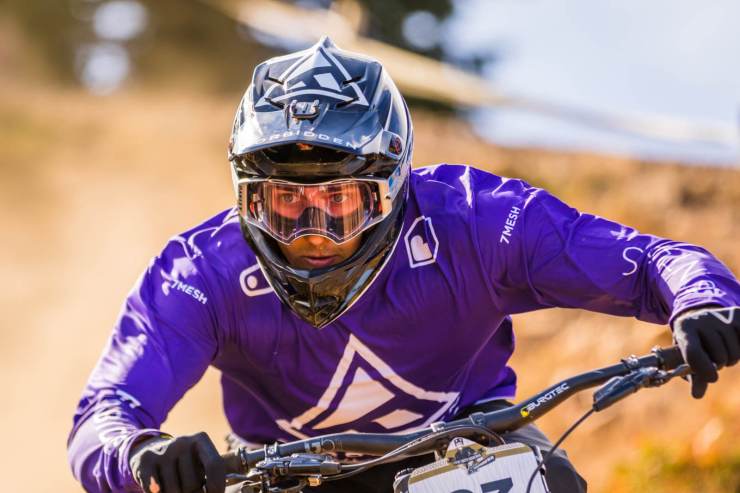
This is the most obvious starting point for sports photography. Depending on the sport, you need to ensure that your shutter speed will be fast enough to freeze the action. Spend a little time experimenting with shutter speeds and reviewing your images to ensure you don’t have blurry subjects. You may need to open up your aperture and boost your ISO to get a faster shutter speed, especially if you’re in an indoor setting. A little bit of grain will be better than blurry images.
Using continuous autofocus is also key. I prefer to use back button focus so that I can track my moving subject while keeping them in focus. High-speed burst mode can also be a great feature to use to nail that perfectly-timed image.
2. Know your sport
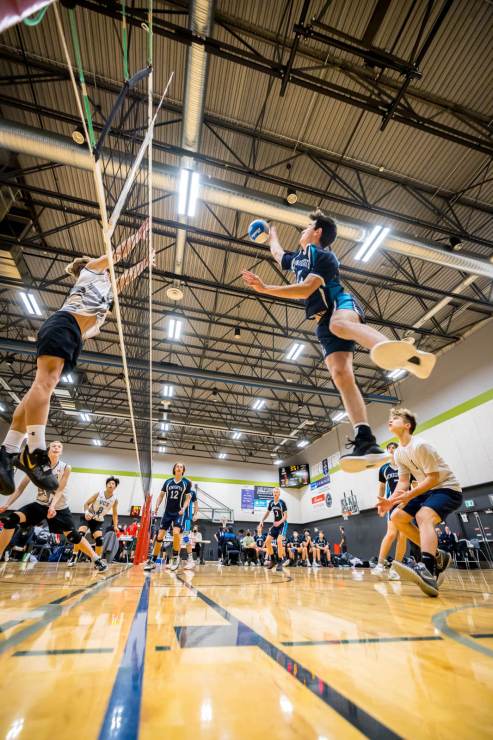
If you want to photograph a sport successfully, it’s critical that you are familiar with the sport in terms of rules and gameplay/action. This will allow you to anticipate the critical moments before they happen so that you can capture key moments.
I was once hired to cover a field hockey tournament, without knowing anything about the sport. Before the event, I took the time to learn as much as I could about the sport. I read up on the rules, watched some video of gameplay and looked at photographs that other photographers had taken. This helped me go into the tournament with confidence and an understanding of what would happen on the field.
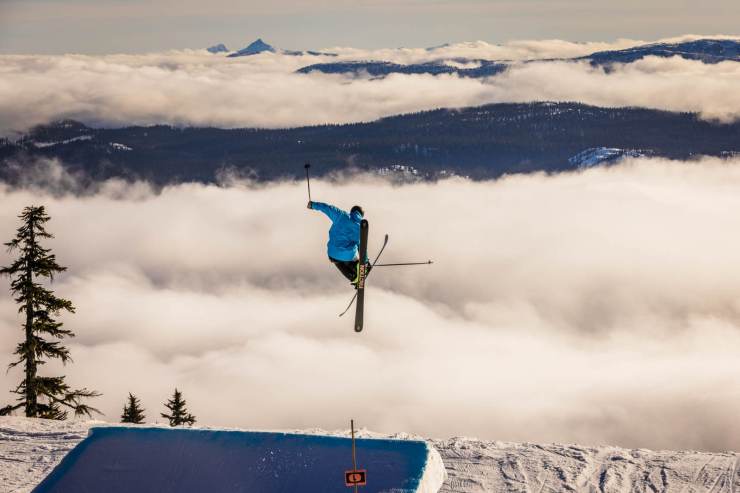
If you’re photographing an individual sport, like skiing, get feedback from the athlete. An image you might think is great may be a throw away for them if their form is off. There are many intricacies to each sport that the athletes will notice right away in a given image. If you’re not an expert on their sport, ask for their opinions and feedback.
3. Respect your surroundings
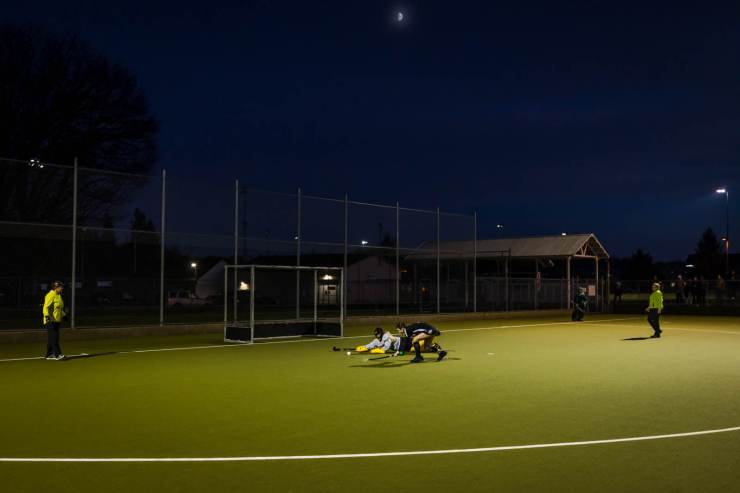
This may seem obvious, but it’s a very important concept to remember when photographing sports. The players, coaches and officials need to be respected and always come first.
I like to introduce myself to officials before a game if I’m there to photography in an official capacity. I make sure I know exactly where I’m allowed to be located and what areas are off limits.
If you’re photographing a sport with referees, it’s your job to stay out of their way. Often, they are running backward and are busy watching game play so you need to stay out of their way.
If someone asks you to move, comply right away and definitely don’t argue with officials or coaches. The same concept applies when photographing in outdoor locations like mountain bike trails or ski hills. Be aware of your surroundings and be respectful of the environment you’re in.
4. Look for clean backgrounds
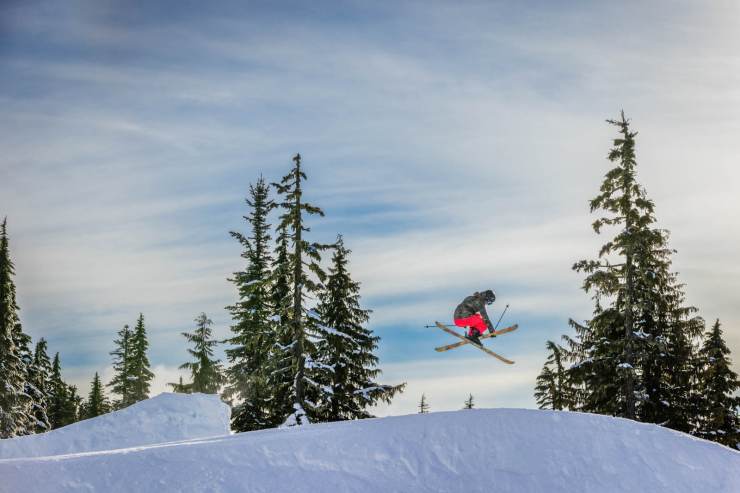
When you arrive at a location, it’s great to take a walk around and get familiar with your surroundings. When I do this, I’m always looking for places to shoot from that will give me a clean background for my subjects. Obviously, not every shot is going to have a perfect backdrop. But being aware of the direction you’re photographing in and what’s in the background is key.
Maybe there’s parking lot full of cars at one end of the field. Or a bunch of spectators along one edge of a gym. Perhaps by climbing into the stands you’re able to get a cleaner shot of the action. Maybe you need to get low and close to the players. The bottom line is, be aware of what’s going on in the background of your images.
5. Tell a story with your images
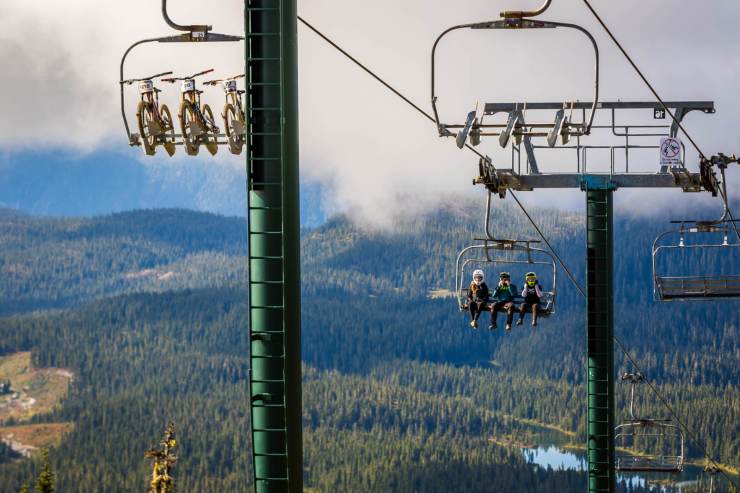
Of course, you want to grab a bunch of exciting action shots when photographing sports. But it’s also important to tell the story of the game, event, race, etc. that you’re covering.
Look for emotion on the faces of players, coaches and fans. Grab detail shots of the equipment and wide-angle shots of the venue. Cover the pre-game warmup, or the athlete preparing to perform. If you’re photographing an individual, try to get a portrait of them as well. Photograph spectators, coaches, officials and volunteers. Your resulting set of images will be much stronger if they tell the whole story of the day.
So, the next time you set out to capture some sport images, keep these tips in mind. Regardless of the sport you’re photographing, these five tips will apply and help you to create better images.
Tell your story with the second annual Visual Storytelling Conference!
Experience four days of interactive, online training sessions featuring a range of educational content with experienced photographers and content creators. This free event kicks off with a series of technical boot camps to build essential skills, followed by live, online sessions on photography, video, business and social media. Join live from March 10-13, 2022!
